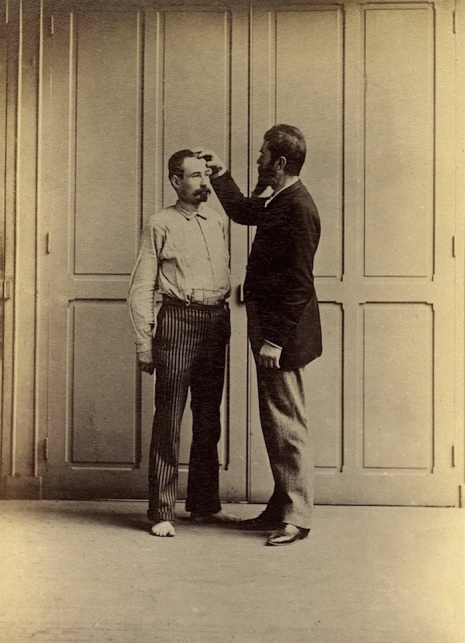
About three years ago, defenders of civil liberties were understandably angsty over the news the F.B.I. had launched its Next Generation Identification system—a billion dollar operation intended to replace the old fingerprint system with “the world’s largest and most efficient electronic repository of biometric and criminal history information.” This meant investigators could identify perps from stored information like DNA, voice recognition, latent prints, personal history, and iris and face recognition technology culled from mugshots, surveillance camera footage, and even selfies taken from social media.
A lot of people were blaming the government, Big Brother, fascism, communism, and all the usual suspects for this monumental change to detective work and our privacy. But personally, I blame Alphonse Bertillon, coz he was the dude that started the whole thing off in the 19th-century.
Alphonse Bertillon (1853-1914) was a French detective. He believed everything had its place and that the world had an order. Bertillon had an unremarkable early career first as a soldier then as a lowly clerk with the Prefecture of Police in Paris. It was while working as a police copyist that Bertillon first recognized the random way in which cops investigated crimes. There was no proper system for identifying criminals and no code by which detectives could investigate crime scenes. Sure, there were crime scene photographs and artists sketches, but these were all rather ad hoc.
To solve these issues, Bertillon came up with the mugshot as a means of identifying criminals and codified a precise photographic process for documenting crime scenes in the 1880s—both of which are still in use today.
He also gave investigators a biometric system for identifying criminals. This involved measuring their height, the length of their arms and legs, the size of their heads, the shape of eyes, ears, nose, and mouth, and any other identifying characteristics like wrinkles, scars, birthmarks, etc. This system of breaking down criminals into identifiable component parts was known as Bertillonage. It included an early form of facial recognition, which gave cops a “cheat sheet” for getting their man.
Bertillon’s Tableau synoptic des traits physionomiques (Synoptic Table of Physiognomic Traits) helped the cops identify criminals and criminal types. It was rather like identikit pictures. It was used as a tool of capturing ne’er-do-wells right up to the turn of the last century when it was quickly superseded by fingerprints.
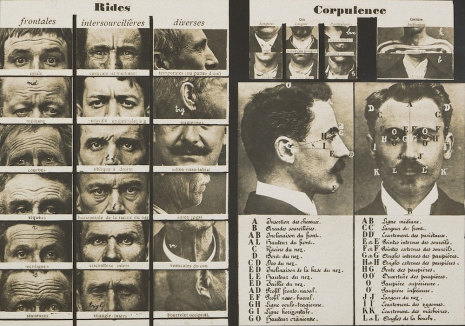

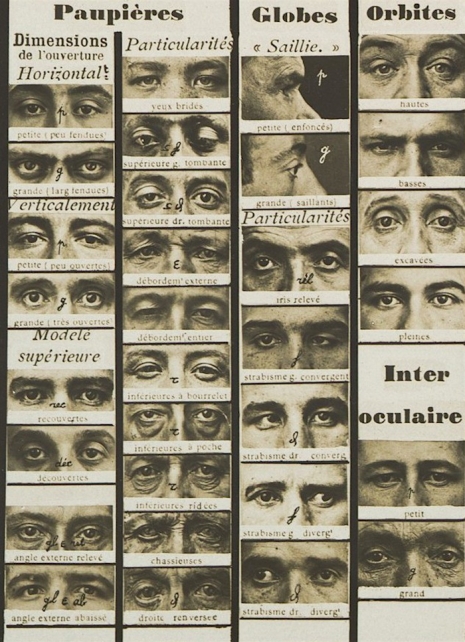

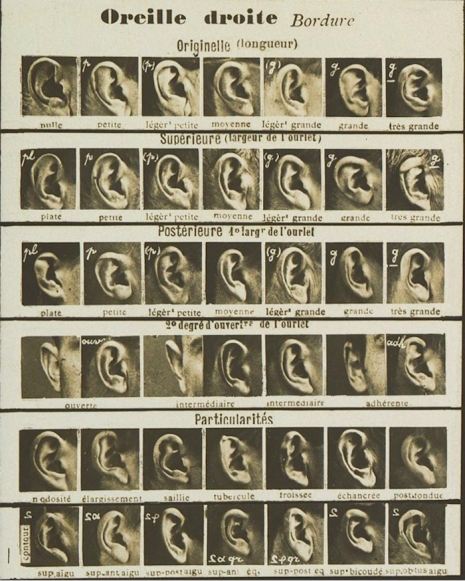
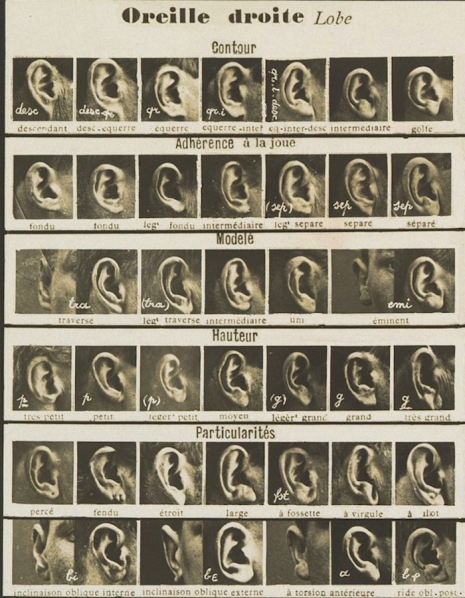
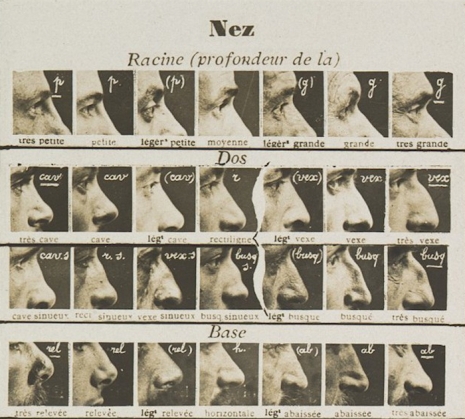

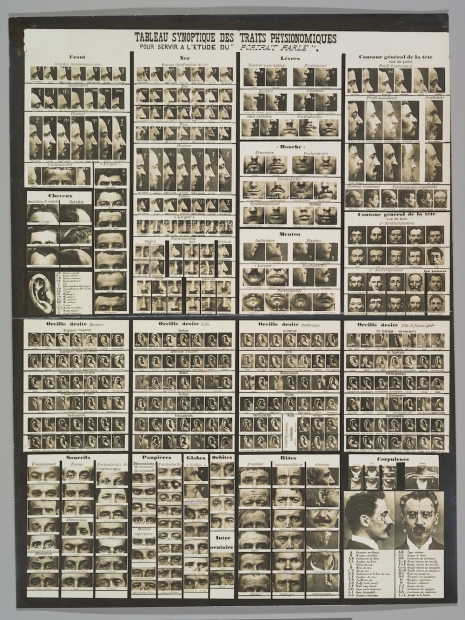

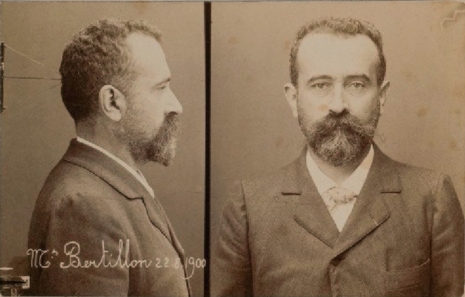
Via Public Domain Review, the Met Museum, and WikiCommons.
Previously on Dangerous Minds:
The Original CSI: Crime scene photos from the early 1900s